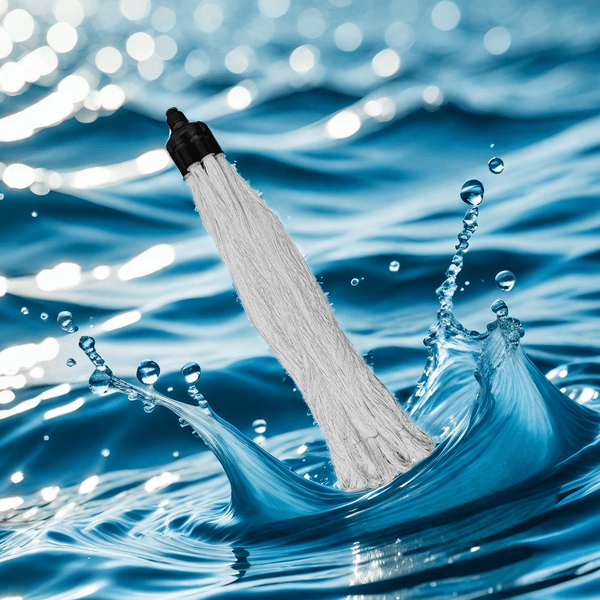How does MABR membrane technology treat high-salinity wastewater?
MABR membrane technology has certain advantages and adaptability in treating high-salinity wastewater, which is mainly reflected in the following aspects:
1. Biofilm salt tolerance: The biofilm in the MABR system can be domesticated and adapted to cultivate salt-tolerant microbial communities. These microorganisms can maintain activity in high-salt environments and continue to degrade pollutants.
2. Community structure regulation: By optimizing the operating parameters and acclimation process, the microbial community structure in the MABR system can be regulated to make it more adaptable to high-salinity environments.

3. Composite technology application: MABR can be combined with other treatment technologies, such as membrane bioreactor (MBR), to further improve the treatment effect of high-salinity wastewater.
However, there are still some challenges in treating high-salinity wastewater, such as the inhibition of salinity on microbial activity and the effect of osmotic pressure on membrane performance. Therefore, in practical applications, process optimization and system regulation are required according to the specific wastewater characteristics to achieve the best treatment effect.
In general, MABR technology provides a potential solution for high-salinity wastewater treatment through its unique biofilm structure and efficient oxygen supply. However, further research and practice are still needed to improve its treatment efficiency and stability in high-salinity environments.
